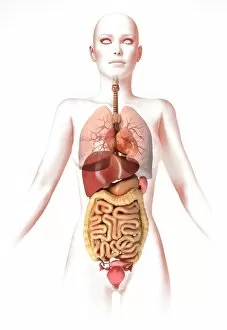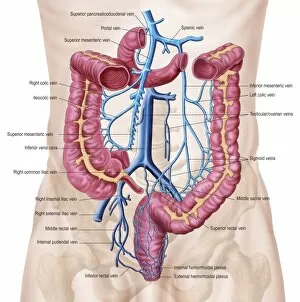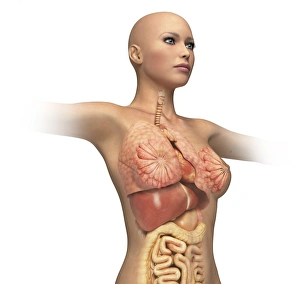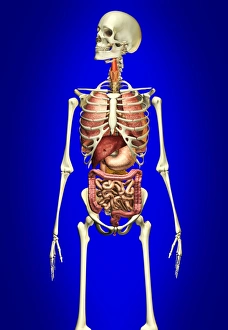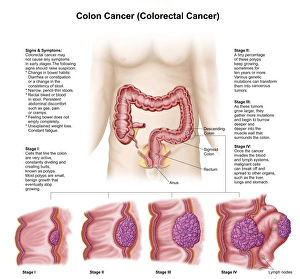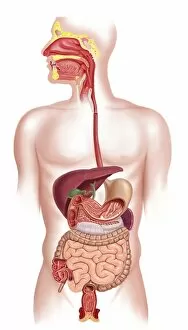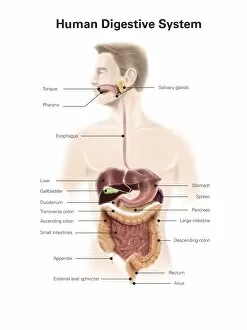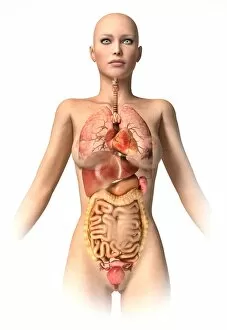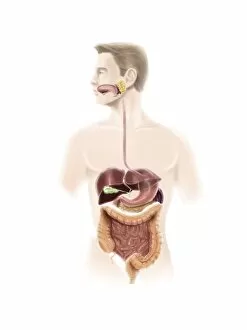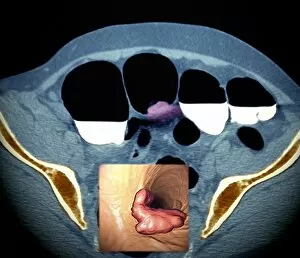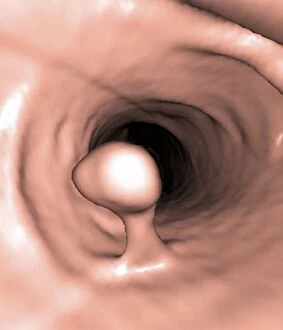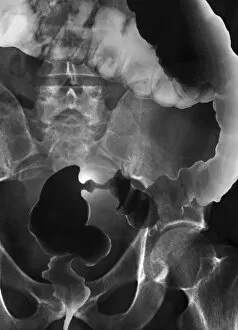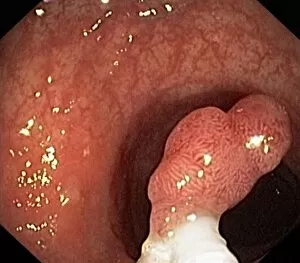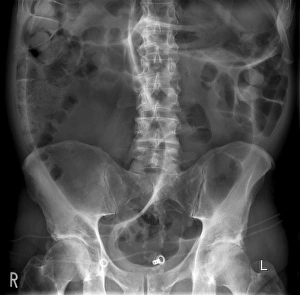Sigmoid Colon Collection
The sigmoid colon, a vital part of the human digestive system, is located in the lower abdomen
All Professionally Made to Order for Quick Shipping
The sigmoid colon, a vital part of the human digestive system, is located in the lower abdomen. In this intricate anatomy of the female body with internal organs, we can see how the sigmoid colon plays a crucial role in waste elimination and nutrient absorption. A digital cross-section illustration of the male reproductive system reveals how the sigmoid colon sits adjacent to other essential organs like the bladder and prostate gland. Its position highlights its significance in maintaining overall bodily functions. When examining an anatomy diagram of the human abdominal vein system, it becomes evident that blood flow through this region directly affects the health and functionality of our sigmoid colon. Understanding these connections helps medical professionals diagnose and treat various conditions related to this area. In a woman's midsection with interior organs superimposed, we can observe how intricately intertwined our digestive system is within our bodies. The sigmoid colon stands out as one component among many that contribute to overall well-being. Even when depicted on a blue background alongside a male skeleton with internal organs illustrated, it is clear that no organ works alone; they all rely on each other for optimal performance. The sigmoid colon's presence reminds us that proper digestion is key to maintaining good health. Unfortunately, there are instances where medical illustrations depict different stages of colon cancer affecting this critical part of our digestive system. These visuals serve as reminders for regular screenings and early detection methods which play pivotal roles in preventing or treating such diseases effectively. A cross-section view showcasing our entire digestive system emphasizes just how integral each segment is – including the sigmoid colon – in breaking down food into nutrients while eliminating waste products from our bodies. With labels highlighting specific parts within an anatomy diagram representing both genders' digestive systems, we gain insight into gender-specific variations concerning structures like the sigmoid colon. This knowledge aids healthcare providers in delivering personalized care based on individual needs. Furthermore, diverticulitis occurring specifically in descending colonic regions further underscores why understanding every aspect surrounding our large intestine, including the sigmoid colon, is crucial.

